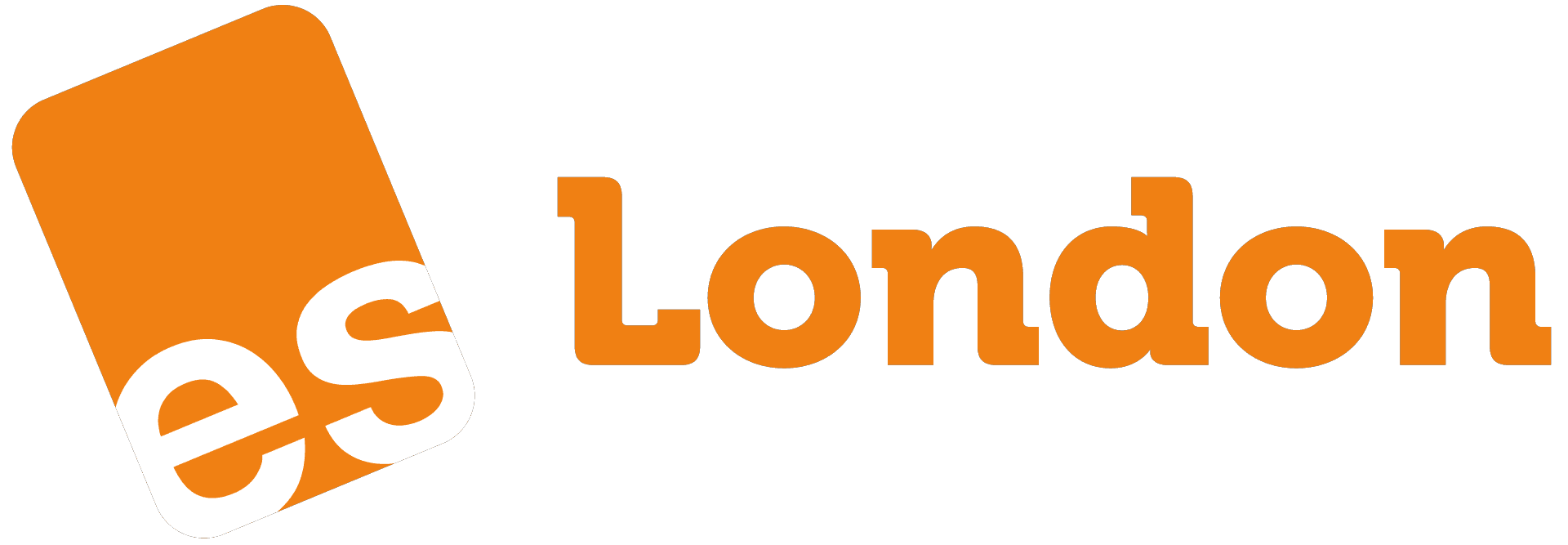
Root Words, Prefixes and Suffixes Made Simple for English Learners
Boost your English vocabulary fast by mastering root words, prefixes, and suffixes. Let’s make word learning simple—with examples and expert advice from our English classes in London.






